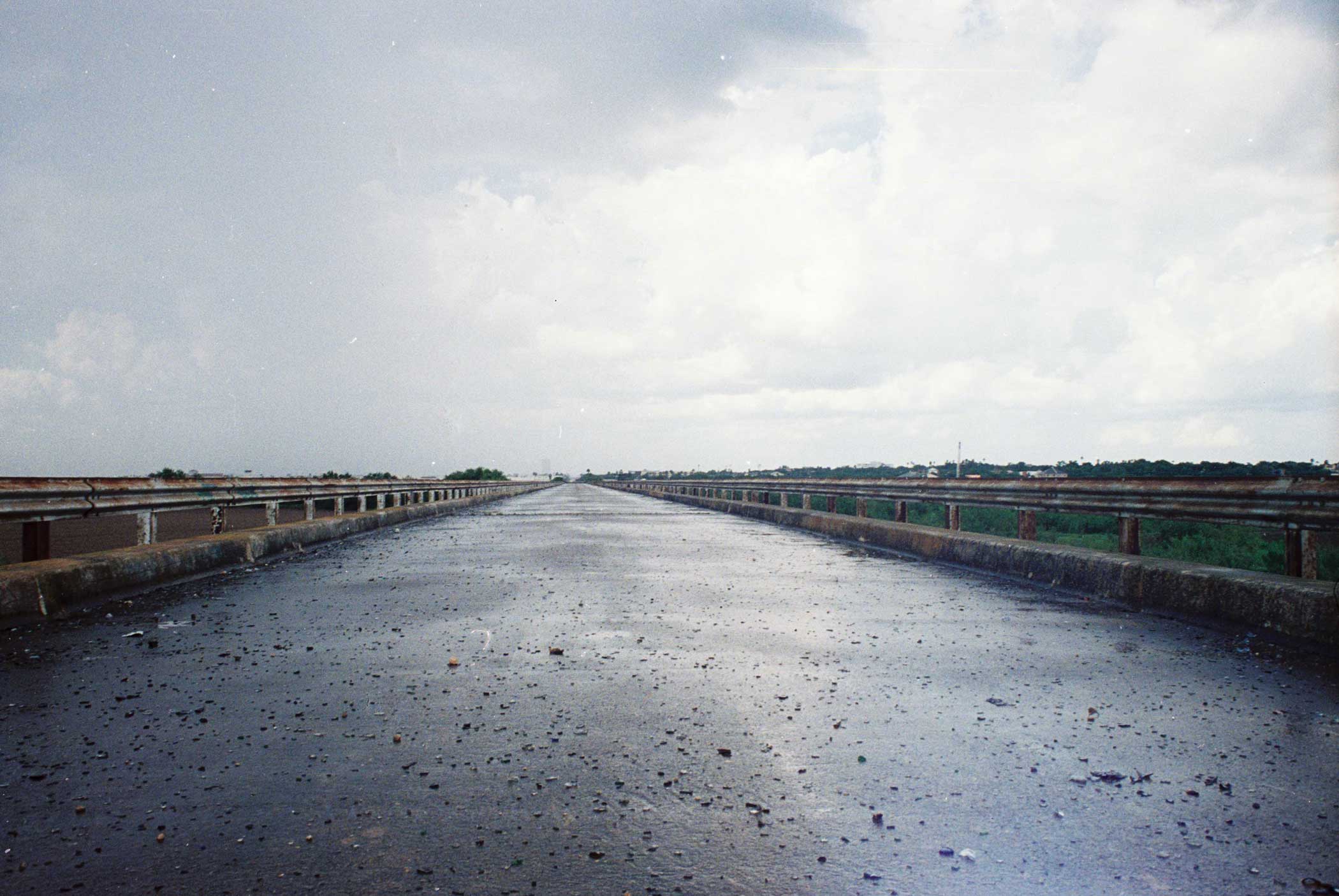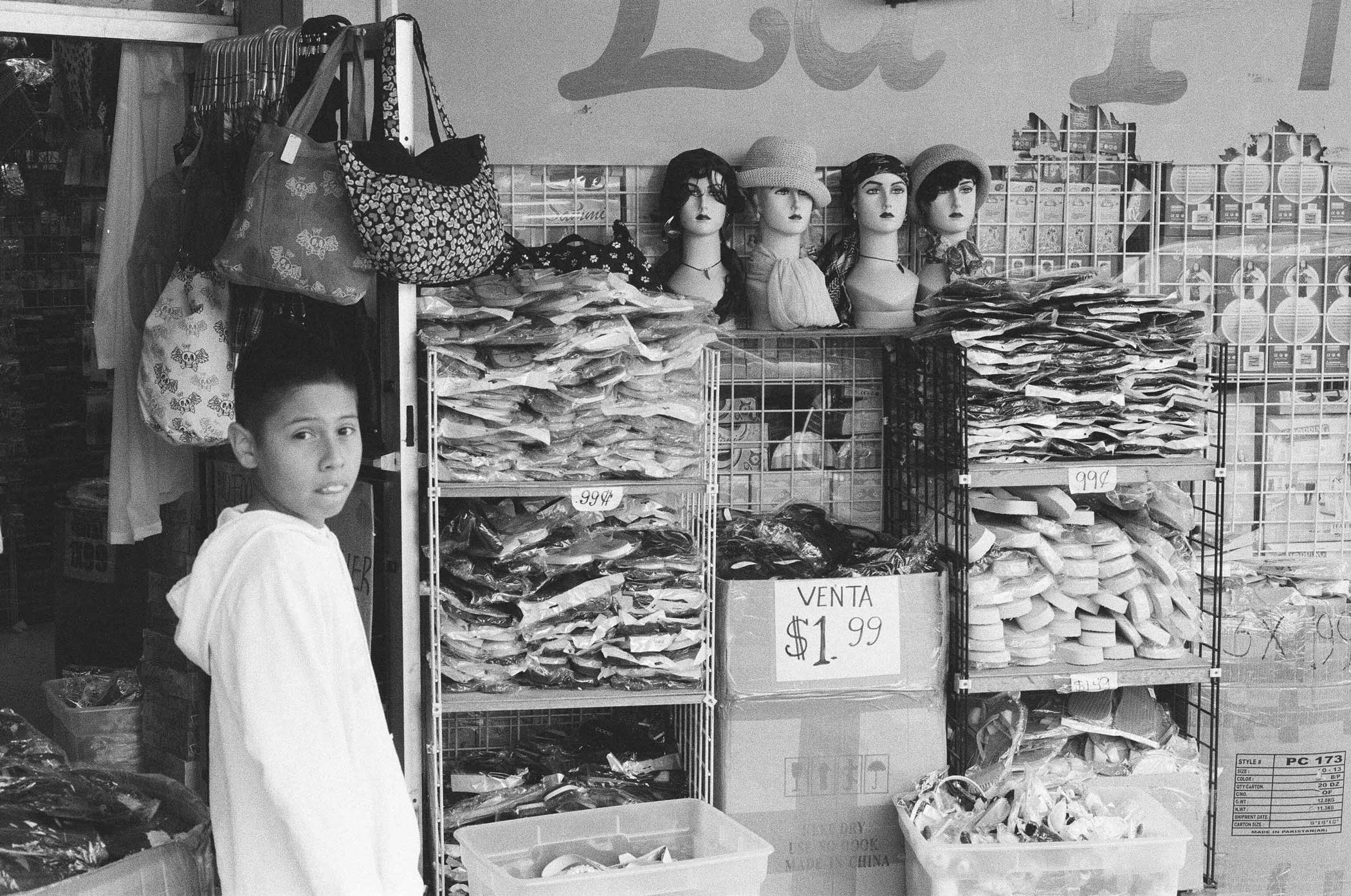LONGLISTED FOR THE CENTER FOR FICTION FIRST NOVEL PRIZE. One of Tor.com's Best Books of 2019.
"Readers of this breakout work [will leave] thrilled and disoriented in equal measure." --Sam Sacks, The Wall Street Journal
One of The Daily Beast's Best Summer Beach Reads of 2019, one of Lit Hub and The Millions's Most Anticipated Books of 2019, one of Buzzfeed and Tor.com's Books to Read This Spring, and one of the Chicago Review of Books' Best New Books of May
A parallel universe. South Texas. A...
When a character in a nineteenth-century novel passes by a street musician playing a tune, I always feel a sense of regret as a reader that the author failed to mention the song’s name or even its style. One of my great interests is music that existed in the streets before the idea of a record, radio, or hit single, and how this unrecorded, forgotten music shaped life back at the time and continues to shape life today, undetected. It’s part of what I call the hidden landscape of our lives, the hidden landscape of what’s directly in front of us. Upon approaching a project, I am always searching for, and attempting to navigate, its hidden landscape. Sometimes you get lucky and it finds you, and for me, more often than not, I encounter those worlds through an old or little-known song. Though Tears of the Trufflepig’s essence is South Texas, I tried finding its landscape outside this setting with the help of these songs, and hundreds of repeated listens.

There is one song I went back to the most, which is “Circling Pigeons Waltz” by John R. Baca’s Orchestra, first found in an anthology called Texas-Czech: Bohemian-Moravian Bands 1929–1959. This cyclone of a song has something mysterious and familiar to it that, after my first listen, just became more puzzling, as if it were telling me a story I had to unravel. A musician friend of mine pointed out how some of the players are slightly off at times, almost as if they’ve been drinking a bit. These immigrant musicians, along with the others in this anthology, came from Eastern Europe and brought with them their musical traditions that, together with the music of Mexican and indigenous Texans, infused a sound that became modern conjunto, influencing even the border ballads heard prominently in the South Texas of my youth.

I’m the kind of person who can see how a song like “Big Rock Candy Mountain,” recorded by Harry McClintock in 1928, is something like speculative fiction, where cigarettes grow on trees, cops have wooden legs, and the hens all lay soft-boiled eggs; or in the song “France Blues” by Papa Harvey Hull, where Hull asks that when he dies not to bury him, but to pickle his bones—an image I’ve encountered nowhere else, one that I see also as part of our forgotten American cultural mythology.
Being a creature from the border, it was my responsibility to tap into its forgotten cultural mythology not found in any known literature or music, and to do this I had to really search, through both music and meditations of silence. Listening to “Circling Pigeons Waltz” I asked myself, What is the literary equivalent of this song, recorded probably in the thirties or forties? What has blended the literary traditions of Eastern Europe with the literary traditions of Texas and the border?



I remembered that Kafka wrote Amerika never having visited, and upon approaching Ellis Island, Karl, the novel’s protagonist, sees the Statue of Liberty pointing forth with her giant sword. After many trials in New York City, Karl gets a job with a traveling theater and heads with them to Oklahoma, where this unfinished novel leaves us. But I always knew, even when I first read it, that Karl would lose his footing in Oklahoma and kick it back farther south, ending up probably in San Antonio, and a couple of generations later his granddaughter would grow up to become a writer and she would write this novel, Tears of the Trufflepig. Or, something else is a recurring image I have of Kafka himself, leaving Prague right after World War I for America and ending up within the Czech community of Texas, among some of the Texas-Czech musicians in their youth. The image of Kafka enjoying a Shiner beer at a bar by the border, the horn section of the live band blasting, watching the faces of people laughing and dancing on a wooden floor.
How does one’s landscape and literary tradition change from Prague to Texas? How do you go from the golem to the chupacabras? These thoughts, along with these songs, border politics, and the occasional punk tune, are what helped me bring this novel to life.
Give this mix a listen, and may it give you visions of a distant borderland.


